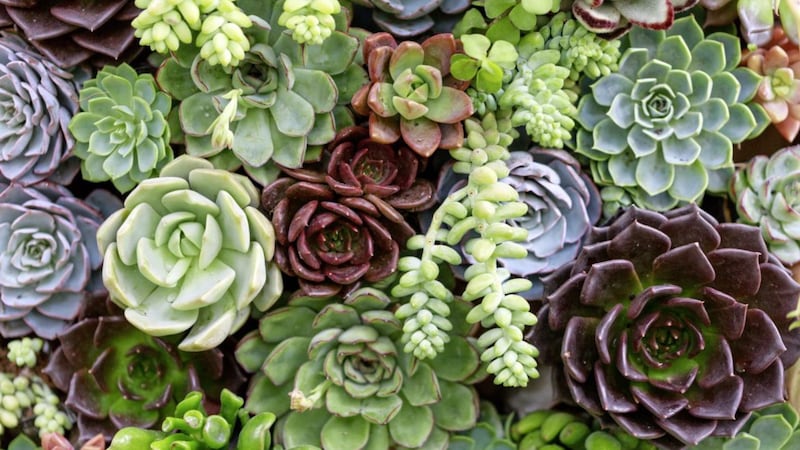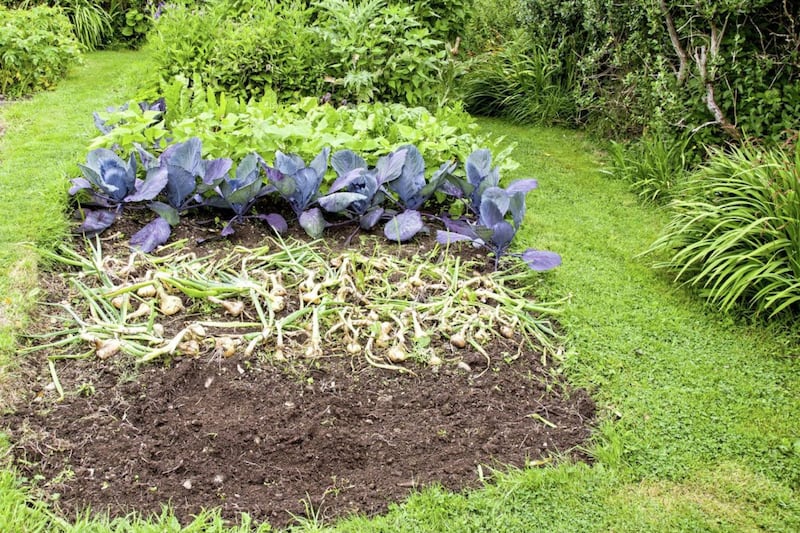WE'VE seen the rise of succulents as indoor houseplants, but you can also make great use of them outside, whether in a shallow bowl, basin or pot on your patio or balcony.
1 What plants are suitable?
You can use a selection to provide colour and form, including sedum, of which there are many colours. Mixed with sempervivums (houseleeks), which have a wider rosette form, they will create an eye-catching display. As mat-forming sempervivums mature, they produce spikes of star-shaped white, yellow, pink or red flowers which, when they die off, are replaced by new rosettes around the edge. In winter, the leaves darken on some varieties including Sempervivum 'Engle's'. Sempervivum calcareum is a native of the southern Alps and the only succulent that is fully hardy in the UK, although it will still require good drainage. The Eden Project also lists Crassula muscosa, Sedum morganianum (an ideal trailing variety) and Aeonium 'Cyclops' among its top succulents. Other dramatic additions include the cobweb houseleek, Sempervivum arachnoideum and, if you're after an extra burst of colour, dwarf alpine phlox or saxifrage.
2 Where should I put the container?
Sedums and sempervivums will withstand low temperatures but don't like excessive rain, which can rot leaves and roots, so will need shelter or protection during downpours. Ideally, succulents need full sun – although some prefer a light position but not direct sunlight – excellent drainage and not too much winter wet. They are shallow-rooted, drought resistant and many will withstand salt-laden winds on the coast.
3 How do I plant up the container?
Becky Scott, co-owner of Sempervivums By Post (sempervivumsbypost.co.uk), explains: "The right soil mix is crucial. Use John Innes No 3 and horticultural grit in a ratio of 3:1 (or 3:2 if you live in a really wet part area). Add a generous top dressing of horticultural grit after planting, to help prevent winter rotting (as well as enhancing the overall appearance). We advise against using a general potting compost because this will likely cause winter rotting."
4 How do I maintain them?
They won't need much water, especially in winter. When they have flowered, the flowering rosette will die, survived and replaced by the surrounding offsets. "It's a good idea to remove dead flower stalks to maintain best appearance," Scott advises. "Old clumps can be easily replaced, if and as necessary every few years, by detaching offsets and replanting."








